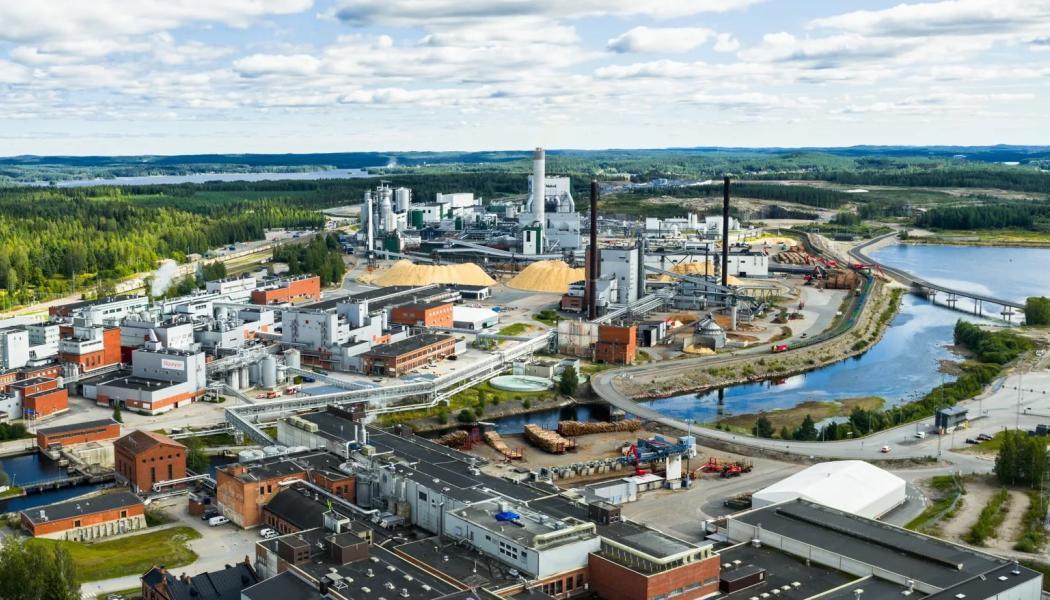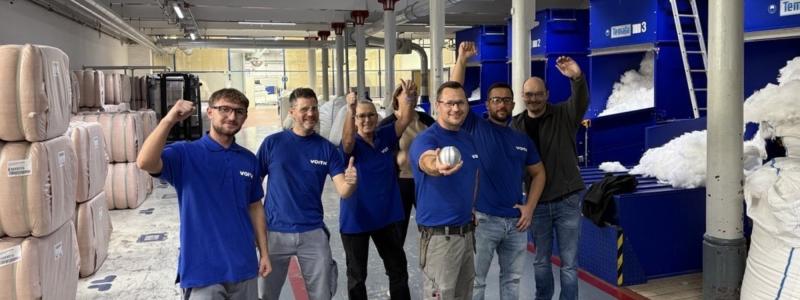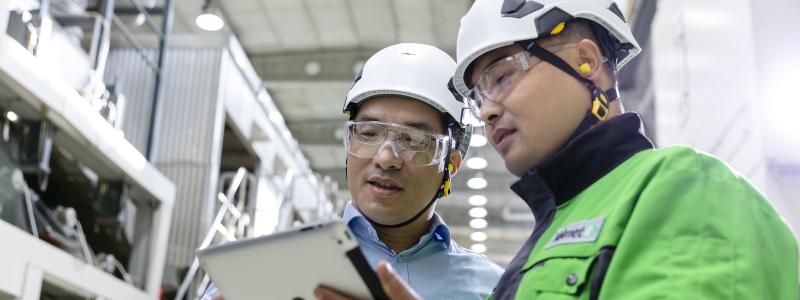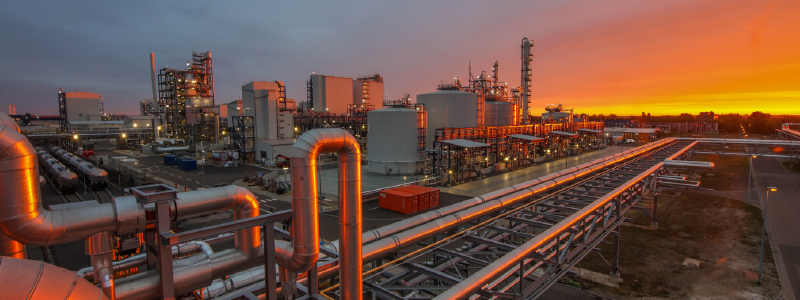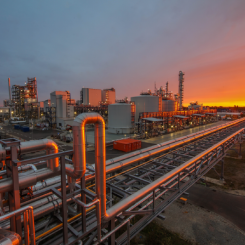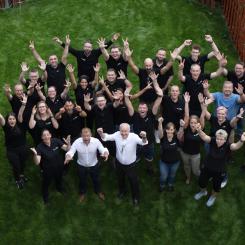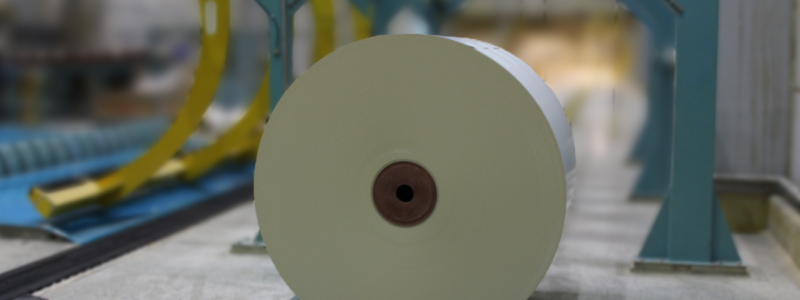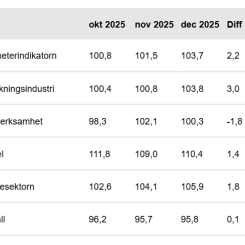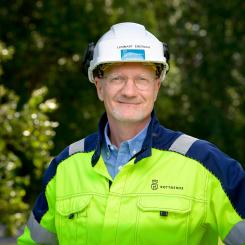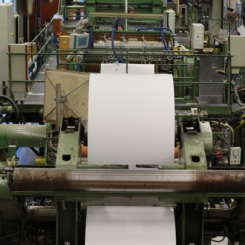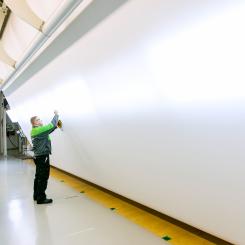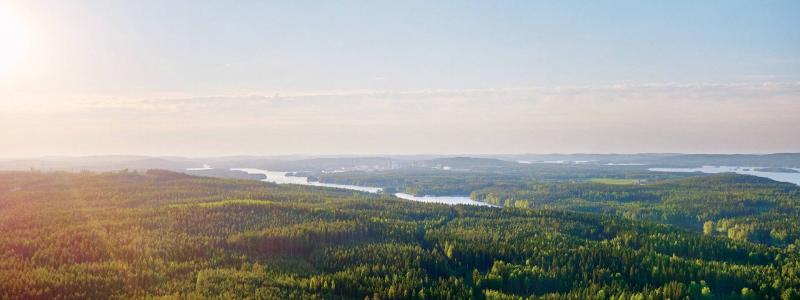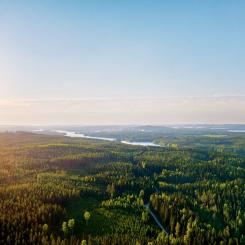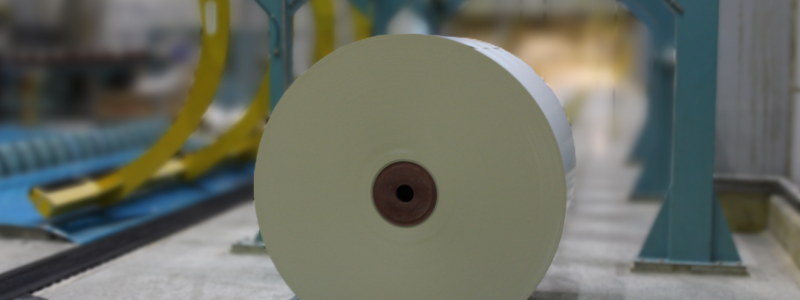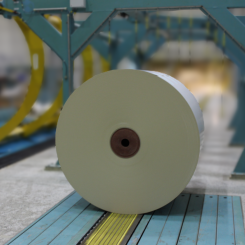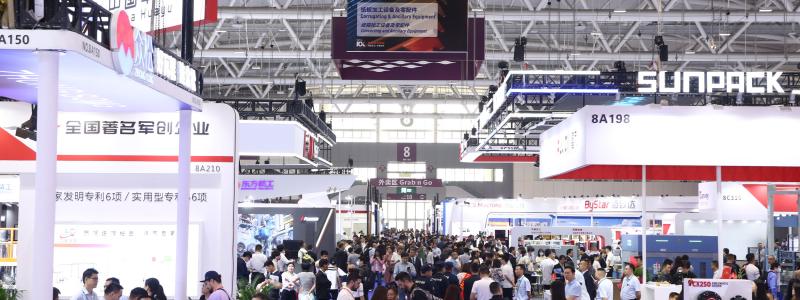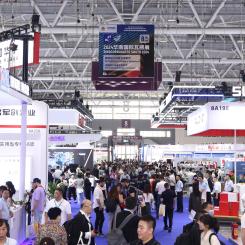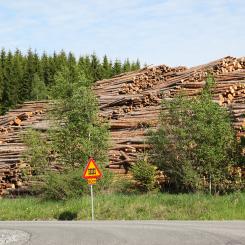In the Finnish town of Äänekoski, a unique model of industrial symbiosis has taken shape around Metsä Fibre’s bioproduct mill, which started operations in 2017. The mill produces high-quality pulp but also functions as an energy producer and raw material supplier for a growing network of industrial partners. Together, they form a circular ecosystem where almost nothing goes to waste.
The bioproduct mill is energy self-sufficient and produces a surplus, supplying both electricity and heat to its own processes, nearby facilities and the national grid. The main product – pulp – is used by Metsä Board to manufacture packaging materials, while Metsä Wood’s plywood plant runs on surplus steam generated by the same facility.
Surplus energy drives new production
Several industrial collaborations have emerged around the site. Nouryon produces carboxymethyl cellulose (CMC) from dried pulp, a material used in hygiene products and packaging. Speciality Minerals Nordic captures carbon dioxide from the mill’s flue gases and turns it into precipitated calcium carbonate for paper production. Meanwhile, Veolia operates the world’s first commercial-scale biomethanol plant on the site, using crude methanol from the pulping process as feedstock.
From wood to textiles, packaging and construction
Metsä Group’s innovation company, Metsä Spring, collaborates with international partners to develop new bio-based products. Together with Japan’s Itochu, the company runs a pilot plant for textile fibres that converts wood pulp into Kuura™ fibres for clothing and technical textiles – using no fossil fuels.
Another facility, built in cooperation with Valmet, produces Muoto™ 3D-formed fibre packaging, designed as a sustainable alternative to plastics. In 2025, Metsä will also open a pilot plant for lignin refining – a by-product of pulp production – to develop additives for concrete and gypsum in partnership with Dow and Andritz.
Expansion continues with Metsä Wood’s new LVL (laminated veneer lumber) plant, producing high-value wooden components for the construction industry. Scheduled for commissioning at the end of 2026, the LVL facility will also use steam supplied from the bioproduct mill.
Waste becomes a resource for food and farming
The mill’s excess heat is used by Finnish dairy company Valio for its cheese production in Äänekoski, including the well-known AURA® blue cheese. At the same time, Kekkilä receives ash, lime and wood residues from the mill and converts them into fertilisers and growing substrates for agriculture.
In this way, the industrial cycle closes – from forest to field and back to forest. The bioproduct mill has evolved far beyond a traditional pulp facility; it now serves as the engine of a complex industrial ecosystem built on energy efficiency, resource recovery and collaboration. Roughly a dozen companies are part of this network, showing how large-scale industry can transition towards circular operations without losing competitiveness.
A model for the future industry
Metsä Fibre’s Äänekoski site represents a new generation of industrial design where traditional pulp production is integrated into a bio-based economy. By linking processes that utilise waste streams, energy and carbon recovery, the ecosystem demonstrates how industrial growth can occur alongside reduced environmental impact.
However, such large-scale integration also demands long-term investment and coordination between multiple industrial partners. While energy self-sufficiency and material reuse are key achievements, the model’s broader economic success will depend on stable markets for biochemicals and recycled materials.
Nevertheless, the Äänekoski bioproduct mill is now often cited as one of Europe’s most advanced bioeconomy hubs, illustrating how forest-based industries can adapt to global demands for sustainability and resource security. Finland views the project as a strategic example of how the country’s vast forest resources can support a circular and low-carbon industrial future.
Source: Metsä Fibre
Fact check:
Metsä Fibre’s bioproduct mill in Äänekoski began operations in 2017 and produces about 1.3 million tonnes of pulp per year. The plant generates more renewable energy than it consumes, supplying roughly 2.4 terawatt-hours of electricity annually to Finland’s national grid. Built at a cost of about €1.2 billion, it remains one of the largest industrial investments in the Nordic bioeconomy.





